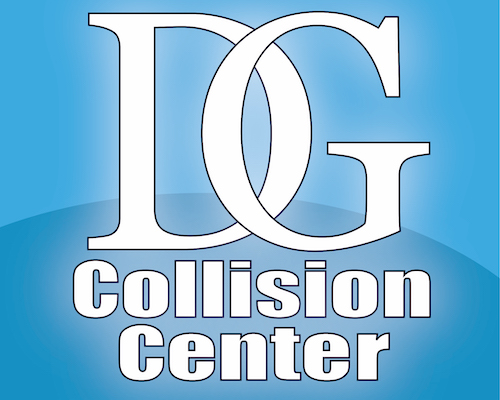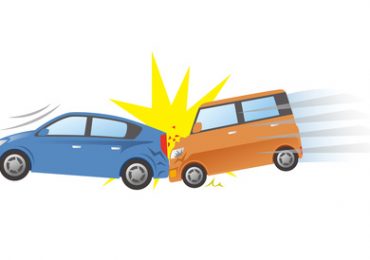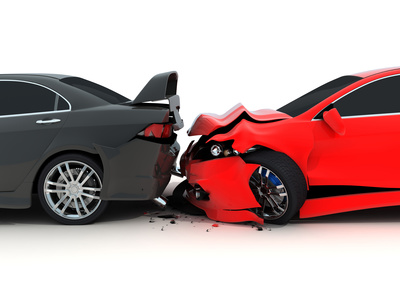 According to the National Safety Council, approximately 2,700 automobile accidents occur on American roadways each day. If your vehicle is involved in one of these, would you know what to do? Although you might think you could manage, adrenaline and injuries could conspire to impede your judgment following a crash. So, before one happens to you, take a look at these helpful steps, so they’ll become second nature:
According to the National Safety Council, approximately 2,700 automobile accidents occur on American roadways each day. If your vehicle is involved in one of these, would you know what to do? Although you might think you could manage, adrenaline and injuries could conspire to impede your judgment following a crash. So, before one happens to you, take a look at these helpful steps, so they’ll become second nature:
If possible, move to a safe location
If you can safely do so and are not seriously injured, move your car out of further harm’s way. For example, pull to the shoulder of the highway. If moving your car just is not feasible, turn on your hazard lights to warn drivers that your vehicle is stationery.
Stop the car and get out
As soon as you make sure that your car is no longer moving, turn off the engine. Shift into park or set the hand brake. Catch your breath. Then check to make sure you can safely emerge from your car before opening the door. This would be a perfect time to use flares to alert oncoming traffic as well as emergency vehicles.
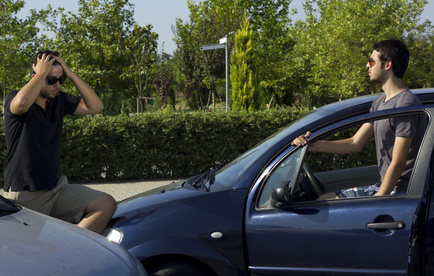
Check on other accident victims
Check on everyone who was involved, if you can do so without putting yourself into harm’s way. Remember to check on other drivers, passengers, pedestrians, etc., making sure that no one is hurt. If someone is injured or your vehicle is blocking traffic, call 911. Even seemingly minor symptom could signal a more serious underlying problem. So don’t move injured persons in case they have neck or head injuries. Exceptions to this would be if the vehicle is engulfed in flames or has the potential to catch fire.
Call police
Avoid the temptation to leave the police out of the accident. Even in minor accidents, a police accident report could prove invaluable when you have to deal with car insurance companies. Cooperate fully, and avoid admitting fault or blaming others while you are at the scene. Let police officers objectively judge events and determine who, if anyone, is at fault. If police can’t make it to the scene or suggest you handle the matter on your own (which is more likely if there are no injuries), you can file an accident report through the DMV.
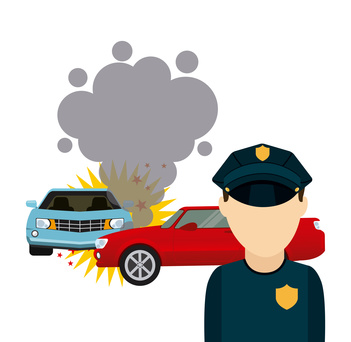
Gather info
Write down as much info as possible in the accident aftermath, including:
- Driver and passenger names
- License plate numbers
- Insurance info from all parties
- Makes and models of all vehicles involved
- Contact info for eyewitnesses
- Location of the accident
- Name and badge number of any responding police officer
Document the scene
Use a smartphone to snap photos of the accident scene. These could come in handy during the claim’s process.
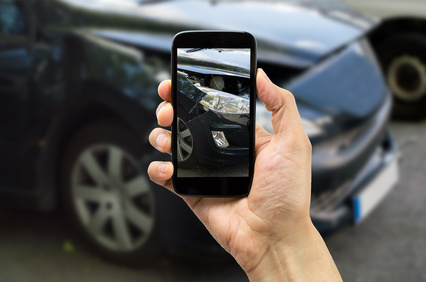
File your insurance claim
Call your insurance to report the incident.
Call your auto body shop
Don’t use the shop your insurance adjuster suggests, as these companies have negotiated the best rates with the insurance company. So their primary interest is to provide service to the insurance company rather than to the owner of the car. The “go-to” location for auto body repair and restoration in the San Gabriel Valley, since 1970, is C&L Auto Body. We are known for our attention to detail, courteous service, and fair and affordable prices. If you select C&L to repair your car, our concierge service will help make your entire auto body repair process easy on you. We will even help you make arrangements for a rental car and deal directly with your insurance company.
C&L Auto Body is owned and operated by the Buonsanti family, who strives to treat clients like family. Come by the shop 781 E San Bernardino Road in Covina, contact us via email today or call (626) 445-6630.
